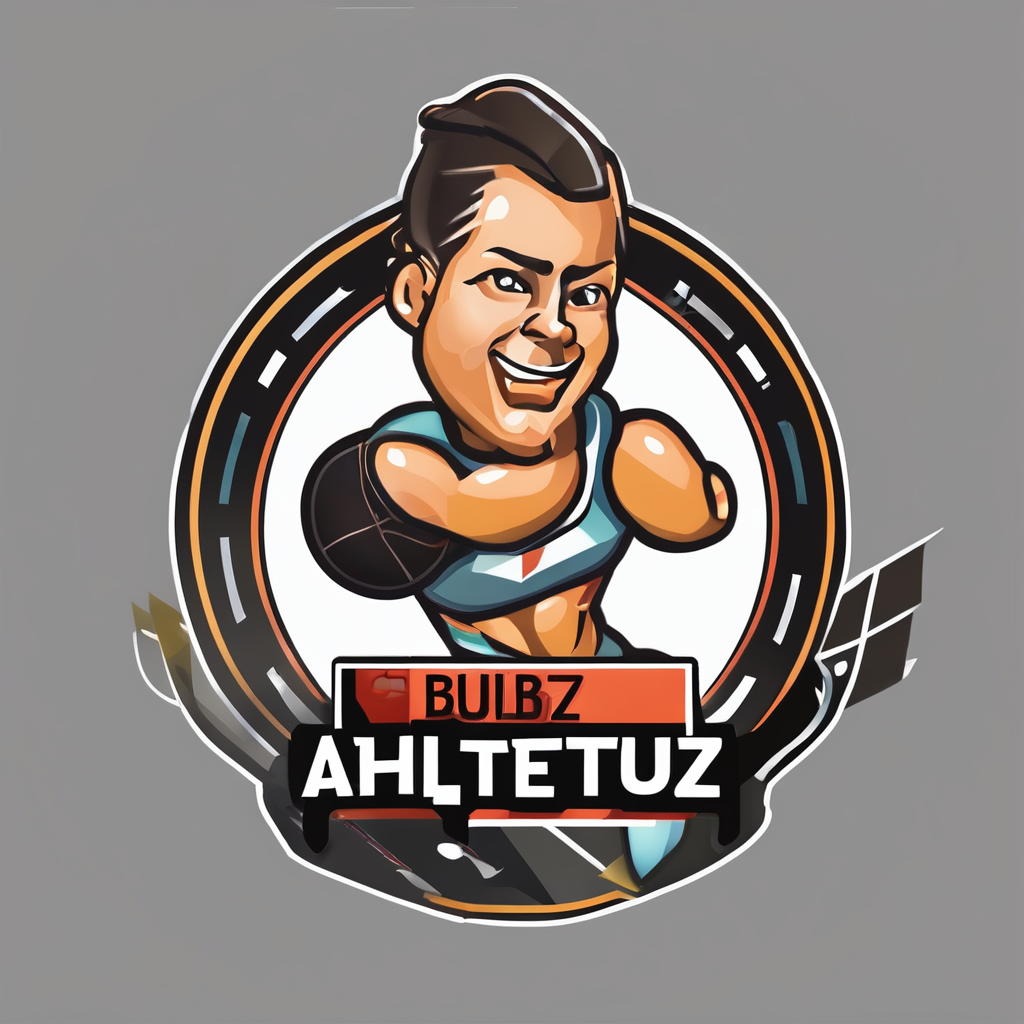Importance of Stretching for Competitive Cheerleaders
For competitive cheerleaders, understanding the importance of stretching is crucial for both performance enhancement and injury prevention. Stretching plays a pivotal role in overall athletic performance. By incorporating proper stretching routines, cheerleaders can enhance their flexibility, agility, and overall performance, which are critical for executing complex routines with precision.
Proper stretching significantly contributes to injury prevention. Regular practice of stretching exercises helps to prepare the muscles and joints, reducing the risk of common injuries such as strains and sprains. These injuries can result from the intense physical demands of cheerleading, but stretching effectively prepares the body to handle these stresses.
Also to see : Unlocking Peak Performance: Exploring the Biomechanical Edge of Various Paddles in Competitive Canoeing
Moreover, the psychological benefits of a well-structured stretching routine should not be overlooked. Engaging in stretching can have a calming effect, reducing anxiety and enhancing focus. This mental preparation is beneficial before performances, contributing to the cheerleaders’ overall confidence and composure during routines.
In summary, incorporating a consistent and thorough stretching routine not only elevates a cheerleader’s performance but also serves as a powerful tool for injury prevention and mental preparedness. Understanding and valuing the importance of stretching can lead to a safer and more successful cheerleading experience.
Additional reading : Exploring the Impact of Barometric Pressure Changes on Skydiving: Aerodynamics and Altitude Unveiled
Essential Stretching Techniques
Incorporating the right stretching techniques into a routine is essential for competitive cheerleaders to achieve peak performance.
Dynamic Stretching Routines
Dynamic stretching involves movements that prepare the body for physical activity. Examples of effective dynamic stretches for cheerleaders include leg swings, arm circles, and high knees. These stretches should be performed prior to practice or competition. Integrating dynamic stretches at the beginning helps increase heart rate and blood flow, which primes the body for intense movements and decreases injury risk. This method allows joints and muscles to move through their full range of motion with control, enhancing overall flexibility and coordination, crucial for performance enhancement.
Static Stretching Protocols
After practice, static stretching is pivotal for recovery. It involves holding a muscle in a stretched position for an extended period, usually 15-30 seconds. Recommended post-practice stretches include the butterfly stretch and seated hamstring stretch. The main differences between static and dynamic stretching are their timing and purpose: static stretching aids muscle relaxation and recovery, whereas dynamic stretching primes the body for physical activity. Consistently applying these techniques can mitigate muscle soreness and support injury prevention, ensuring cheerleaders maintain optimal physical condition.
Common Injuries in Competitive Cheerleading
Competitive cheerleading, with its intense physical demands, often leads to various cheerleading injuries. Among the most common are sprains and strains, typically affecting the ankles, wrists, and lower back. These injuries can curtail performance and require long recovery periods. An acute awareness of stretching practices plays a critical role in reducing these risks.
The link between improper stretching and injury frequency is significant. Failing to incorporate a balanced routine that includes both dynamic and static stretching increases the likelihood of muscle tension and joint instability. This imbalance can lead to an elevated risk of injuries during complex routines.
Recognising early signs of injury during stretching routines is essential for injury prevention. Symptoms such as persistent soreness, unusual stiffness, or sharp pain should not be ignored. It’s important for cheerleaders and coaches to address these warning signs promptly. Implementing preventive measures, like rest and appropriate medical evaluation, can mitigate more severe injuries.
By understanding these common injury types and their connection to stretching practices, cheerleaders can better prepare and protect themselves. This awareness, combined with effective stretching techniques, is crucial in maintaining optimal performance and ensuring competitive longevity.
Safe Practices for Stretching
Ensuring safe stretching practices is crucial for cheerleaders to maintain peak performance and injury-free routines. Coaches play an integral role by establishing guidelines that promote consistent and proper stretching habits. One important tip is to ensure dynamic stretching is incorporated pre-practice, priming the body for intense activity.
Cheerleaders should always be mindful of their technique during stretching routines. It’s essential to focus on controlled movements and avoid any sudden, jerky motions that might lead to sprains or strains. Awareness of individual limits is key—listening to one’s body helps prevent overstretching and resultant injuries.
Coaches should emphasize the importance of recognizing signs of discomfort during stretches. Cheerleaders experiencing sharp pain, unusual tightness, or persistent soreness should immediately adapt their stretching routine. By being vigilant, they mitigate the risk of aggravating potential injuries.
Key considerations include maintaining consistent breathing and hydration levels; both factors significantly impact muscle flexibility and repair. Simple measures, such as ensuring stretching surfaces are free from hazards, further enhance safety.
With these coaching tips and attentiveness during each session, cheerleaders can maximise their flexibility, ensuring a foundation for enhanced performance and sustained well-being.
Conclusion and Next Steps
Establishing a consistent stretching routine is pivotal for competitive cheerleaders aiming to elevate their performance while reducing the risk of injuries. A well-structured regimen not only enhances flexibility and strength but also serves as one of the most effective performance tips available to athletes in the sport. As cheerleaders master this vital component, they should remain vigilant to their body’s responses during exercises to prevent overstretching.
For those seeking to deepen their understanding of cheerleading safety and training, engaging with further resources can provide invaluable insights. Exploring materials on injury management and effective stretching techniques can empower athletes to navigate their training more safely.
Moreover, both coaches and cheerleaders should prioritise ongoing education in injury prevention strategies. Continuous learning and adaptation of new methodologies ensure that training programs remain relevant and effective. By investing in this knowledge, they can reinforce a culture of safety and excellence in the cheerleading community while safeguarding their long-term health and success.
This proactive approach positions cheerleaders to tackle future challenges with resilience and confidence, underpinning sustained well-being and competitive longevity.
